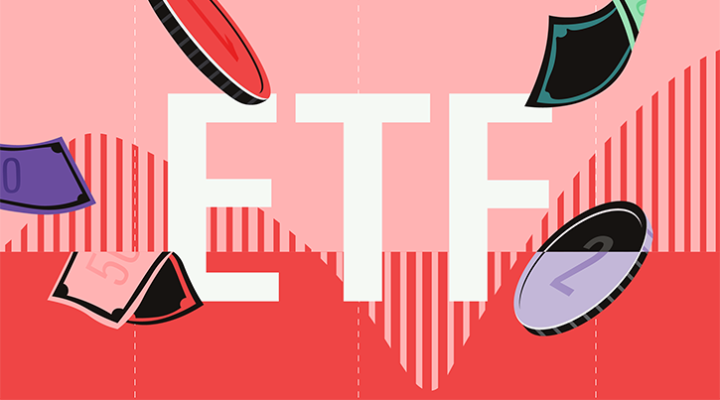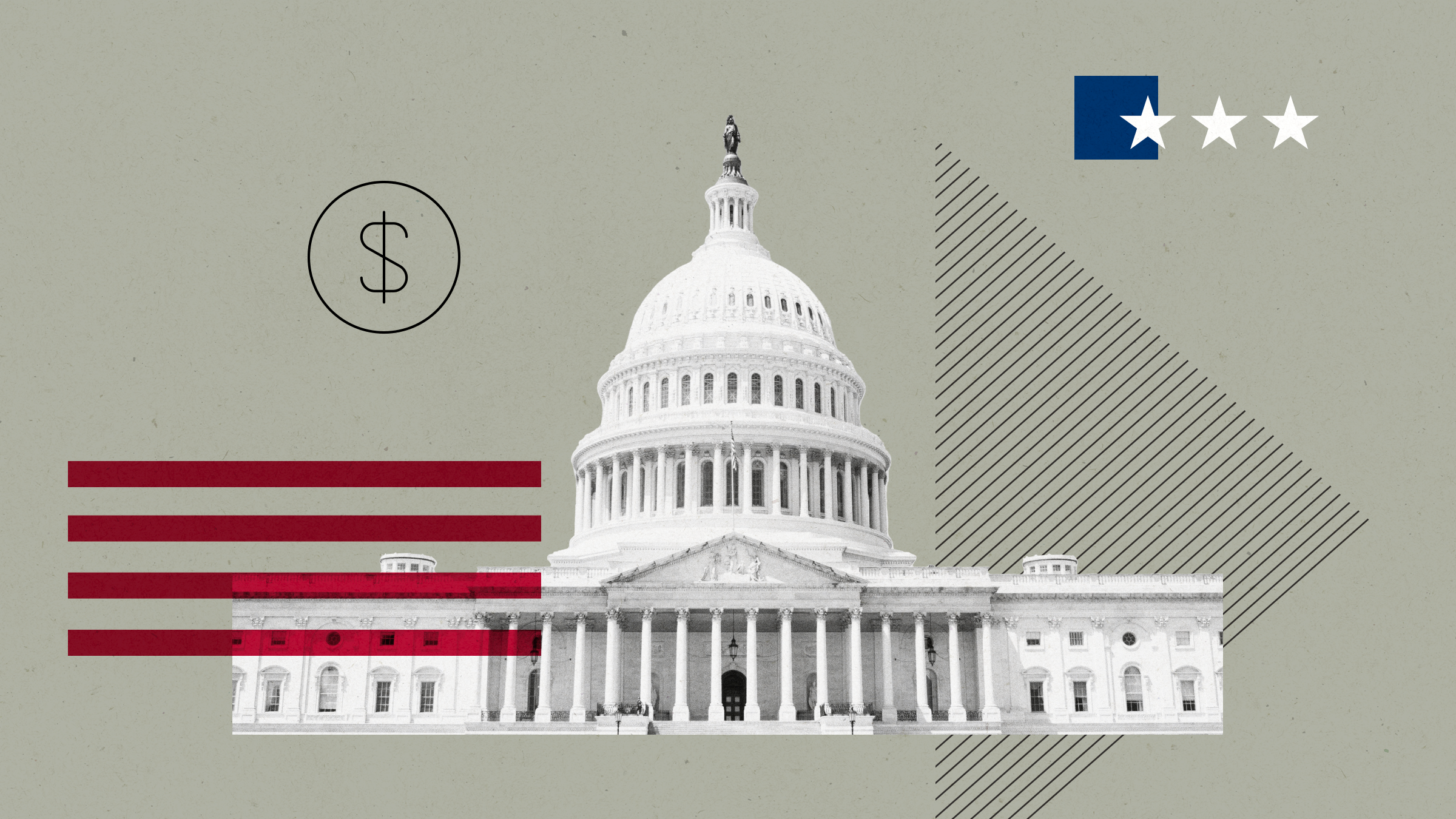
Sainsbury’s (SBRY) shares slipped 6% to 212p on Thursday morning, a level not seen since 1988, as the Competition and Markets Authority (CMA) blocked its proposed merger with Walmart-owned rival Asda.
The news comes as no surprise, after the CMA’s provisional report in February suggested this would be the outcome. Shares are down 25% overall since then.
Sainsbury’s had agreed to buy Asda from US firm Walmart (WMT) for £7.3 billion a year ago, with the deal set to make the entity the largest UK supermarket. Both Sainsbury’s and Asda had market shares of around 15% according to Kantar in the 12 weeks to March 24, lagging Tesco (TSCO) at around 27%.
The pair had agreed to sell up to 150 stores in order to push the merger through and had promised £1 billion in price cuts for consumers. However, the CMA on Thursday said it believed both shoppers and motorists would be worse off if the deal went through.
In a statement, Stuart McIntosh, chair of the inquiry group, said the investigation found the deal would lead to “increased prices, reduced quality and choice of products, or a poorer shopping experience for all of their UK shoppers”.
The CMA said that a detailed analysis of the impact of the deal clearly showed that, overall, the merger would reduce competition in the market and is more than likely to lead to price rises than cuts.
Sainsbury’s hit back, with boss Mike Coupe claiming the CMA was “effectively taking £1 billion out of customers’ pockets”. “The specific reason for wanting to merge was to lower prices for customers,” he added.
“The CMA’s conclusion that we would increase prices post-merger ignores the dynamic and highly competitive nature of the UK grocery market.”
What Next For Sainsbury's and Asda?
The failure of the deal means Sainsbury’s remains the weakest food retailer in terms of financial performance, according to Amisha Chohan, retail analyst at Quilter Cheviot. While its 2016 acquisition of Argos has been beneficial, Chohan explains, recent general merchandising sales have been weak.
Tom Stevenson, investment director at Fidelity Personal Investing, said the news is “a blow to [Coupe’s] reputation and the company’s prospects”.
“Sainsbury’s will need to deliver a convincing plan to rebuild sales and profits if it is to avoid further weakness in its battered shares,” Stevenson added. The firm will unveil its fourth-quarter numbers on Wednesday May 1.
Back in February, Morningstar analyst Ioannis Pontikis said he expected Sainsbury’s to invest any cost savings from the deal falling through back into the business to narrow the price gaps and regain momentum versus its peers.
For investors, Stevenson accepts that the wait for better times is eased by a decent forecast dividend yield, at over 5% on investment bank UBS’s estimates. However, he cautions: “Better times may be some way off.”
Ian Forrest, investment research analyst at The Share Centre argues the stock should be seen as a “medium-risk hold”, “in the hope that the bad news is now in the price”. But he adds he wouldn’t blame anyone for wanting to jump ship.
For Walmart, the question now is whether anyone else will want to step into Sainsbury’s shoes and snap up Asda. Neither of the other two UK-listed supermarkets will be able to, says Chohan.
“Morrisons (MRW) will struggle to bid for it given its weak track record of mergers, and Tesco is unable to participate due to its size,” she explains. Therefore, “private equity may be the only viable option”.
































